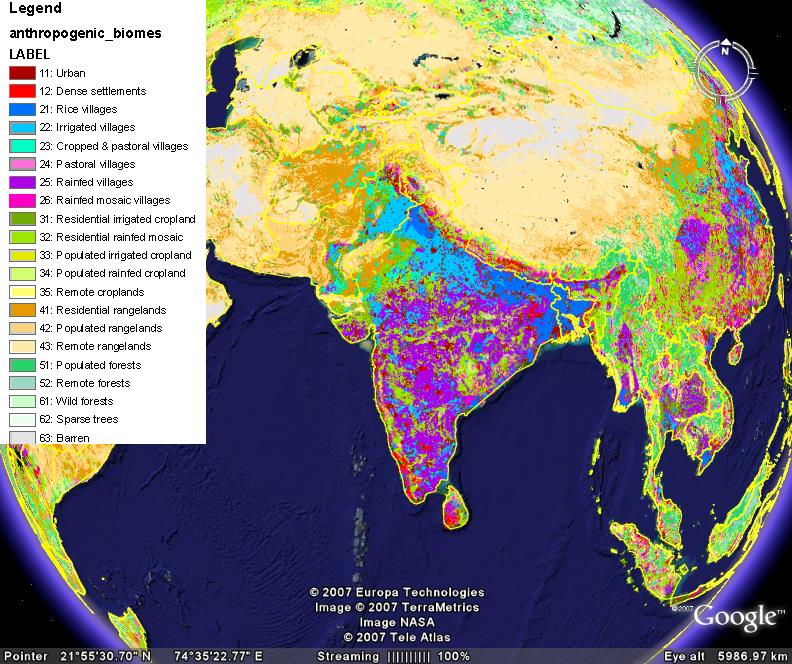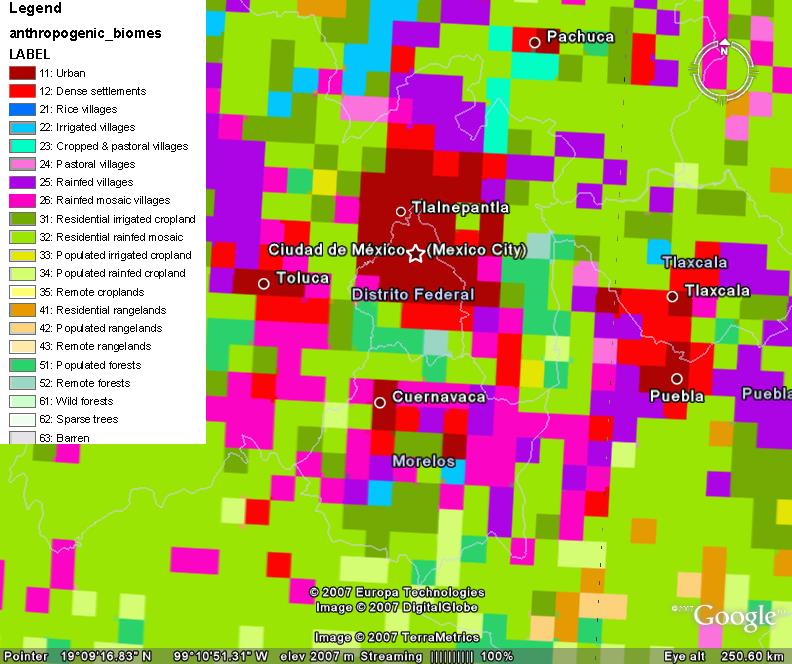I’m at IRRI in the Philippines the whole week (and the next, actually, but that’s another story) for a workshop to develop a global ex situ conservation strategy for rice genetic resources. More on that later. Right now, I just wanted to show you a photo I took today during a rice variety tasting the T.T. Chang Genetic Resources Centre laid on. There were about 20 different genotypes from around the world: normal and fragrant, white and black, loose and very sticky. They included Carolina Gold, which I blogged about a few days ago. It’s amazing how different rice varieties can taste.
Food choice at truck stops
Truckers want healthy foods. Yeah, right.
Literary Corner
Two books, two quotes, re two posts on maize domestication and maize preferences.
I quite imagine that huitlacoche, the corn fungus, may have been the ambrosia of the Aztec gods. I never find it quite enough to eat quesadillas filled with them, so every summer that I am in Mexico I go to the Bola Roja in Puebla to eat a large plateful of the fungus served with strips of creamy white cheese and lots of hot tortillas.
The word is derived from the Nahuatl words huitlatl, meaning “excrement,” or “excrescence,” and cochtli or cochin, of uncertain etymology, although, according to Sahagún, it may be connected in some way to the verb coch, which means “to sleep”.
“The cuisines of Mexico” (Diana Kennedy)
Three truths keep bubbling to the surface in a search for a good piece of corn bread.
Southerners like their corn bread thin — about one inch deep in the pan. they want it made with white cornmeal. White looks pure.
The North likes a thick corn bread — sometimes three to four inches deep in the pan — and made with yellow cornmeal. Yellow looks rich.
Few Europeans care for corn in any form. They consider it a “gross food.”
“The Complete Book of Breads” (Bernard Clayton Jr)
A week ago I asked a random sample (of two), 50% northern and 50% southern, and they were in total agreement with the first two truths. The third “truth” is patently not true, but no matter.
African Coffee Research Network endures
Having been in at the birth of the African Coffee Research Network fifteen years ago or whenever it was, it’s nice to see them making the mainstream African press. On the other hand, the list of things they are planning to do looks remarkably like the one we came up with at the early meetings. Fifteen years ago.
New map of anthropogenic biomes
Professor Erle Ellis of the University of Maryland, Baltimore County and Professor Navin Ramankutty of McGill University have come up with a new classification of the earth’s biomes. They call the new classes “anthromes,” or anthropogenic biomes:
Anthropogenic biomes are not simple vegetation categories, and are best characterized as heterogeneous landscape mosaics combining a variety of different land uses and land covers.
I would imagine this will be quite useful in mapping the distribution of individual crops and even crop varieties. The anthromes may be viewed in Google Earth. Here’s what South Asia looks like.

And this is the area around Mexico City.
